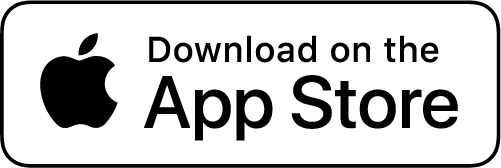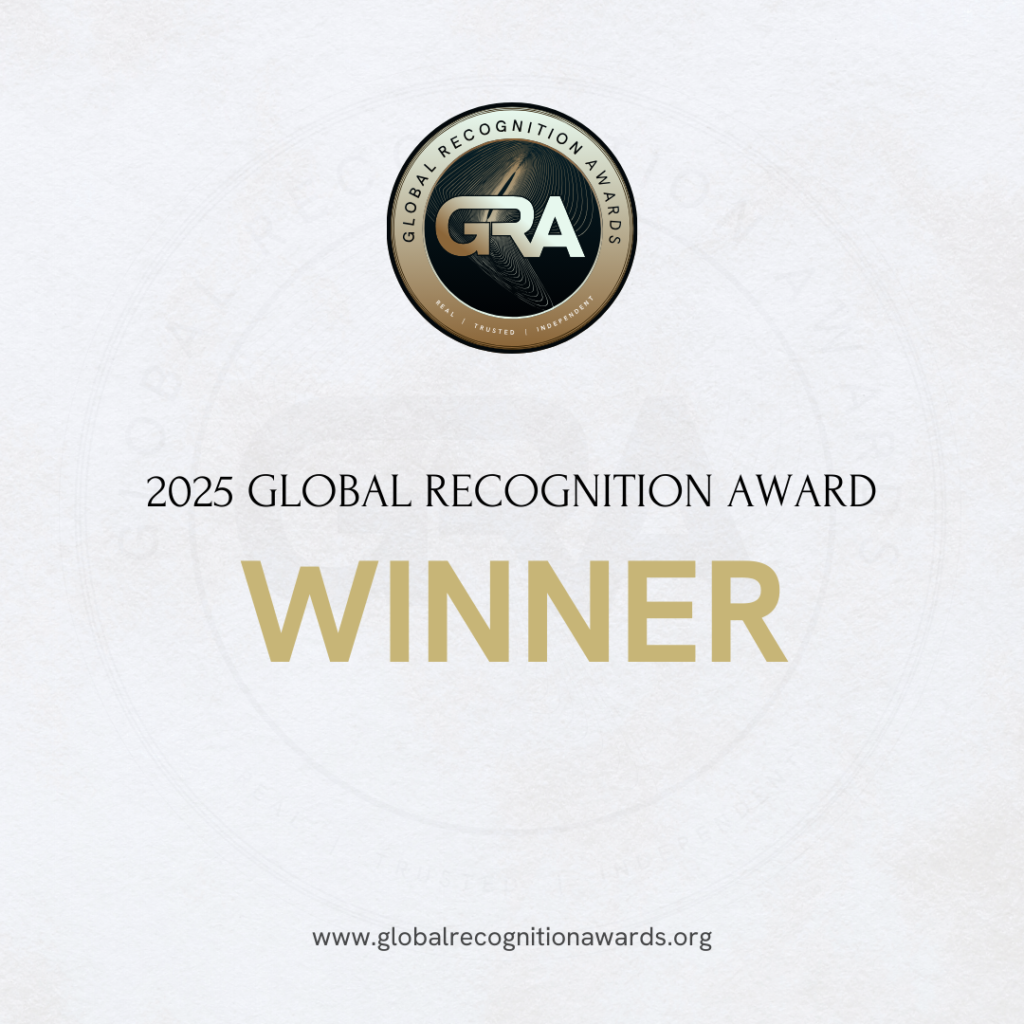Meta Description: Discover the top asset tracking software of 2025 tailored for UK businesses. Enhance your asset management with our comprehensive shortlist and make an informed decision today.
Introduction
In an increasingly competitive market, effective asset management is crucial for businesses across various industries. Asset Tracking Software has emerged as a pivotal tool for companies aiming to monitor, manage, and optimize their physical assets in real-time. As we step into 2025, the UK market offers a diverse range of asset tracking solutions designed to meet the unique needs of businesses. This comprehensive shortlist highlights the top asset tracking software options, helping you make an informed decision to boost your operational efficiency and reduce costs.
What is Asset Tracking Software?
Asset Tracking Software is a digital solution that enables businesses to track, monitor, and locate their physical assets in real-time. Utilizing technologies such as barcodes, QR codes, RFID, GPS, BLE, and NFC, these systems provide comprehensive visibility into asset locations, conditions, and statuses. Whether it’s high-value equipment, IT hardware, vehicles, or infrastructure, asset tracking software integrates smartphone scanners, real-time mapping, mobile management, and location-driven workflows to enhance visibility and minimize the risk of asset loss and theft.
Why Asset Tracking Software is Essential for UK Businesses in 2025
The modern business landscape in the UK is characterized by rapid technological advancements and increasing operational complexities. Implementing Asset Tracking Software offers several advantages:
- Operational Efficiency: Streamlines asset management processes, reducing manual tasks by up to 75%.
- Cost Reduction: Mitigates the costs associated with lost or stolen assets, offering up to a 50× ROI.
- Data Accuracy: Enhances inventory accuracy by up to 68%, minimizing data errors significantly.
- Sustainability: Aligns with sustainable practices by optimizing asset utilization and reducing waste.
With industries such as manufacturing, logistics, healthcare, and construction increasingly adopting Industry 4.0 technologies, asset tracking software becomes indispensable for maintaining competitiveness and ensuring seamless operations.
Top Asset Tracking Software for 2025
1. IBM Maximo
A comprehensive asset management and maintenance solution leveraging IoT, IBM Maximo offers robust features for diverse industries. Its real-time monitoring and predictive analytics capabilities ensure optimal asset performance and longevity.
2. SAP Predictive Maintenance
SAP’s solution uses advanced AI to predict equipment failures, allowing businesses to perform maintenance proactively. This minimizes downtime and extends asset lifecycles, making it ideal for large enterprises.
3. GE Digital
GE Digital provides industrial IoT solutions, including predictive maintenance software that integrates seamlessly with existing workflows. Its user-friendly interface and powerful analytics tools make it a favorite among manufacturers.
4. Fiix Software
Fiix offers a cloud-based CMMS solution that enhances maintenance workflows and asset management. Its mobile-friendly platform and customizable dashboards cater to businesses of all sizes.
5. UpKeep
A user-friendly mobile maintenance management platform, UpKeep is perfect for facilities and maintenance teams. Its intuitive design and real-time tracking capabilities ensure quick adoption and effective asset management.
6. UptimeAI
Specializing in predictive analytics for maintenance operations, UptimeAI provides actionable insights that help businesses reduce downtime and improve asset reliability.
7. DIMO Maint
Focused on optimizing maintenance tasks, DIMO Maint offers a streamlined interface and powerful tracking features tailored for various industries, including healthcare and construction.
Key Features to Look for in Asset Tracking Software
When selecting asset tracking software, consider the following standout features to ensure it meets your business needs:
- Accurate Location & Status Tracking: Real-time monitoring of asset locations and conditions.
- Real-time and Historical Data Access: Instant access to current and historical asset data for informed decision-making.
- Barcode and QR Code Asset Tagging: Efficient tagging and scanning capabilities for easy asset identification.
- RFID/NFC Integration: Enhanced tracking in environments with large inventories through radio-frequency identification.
- GPS Geofencing: Automated alerts when assets enter or leave predefined zones.
- Push Notifications: Real-time alerts for stock levels, maintenance schedules, and more.
- Third-party Integration: Seamless integration with ERP, CRM, and other existing systems.
- Mobile App: Offline capabilities and mobile management for on-the-go asset tracking.
- Check-in Check-out Equipment Booking: Efficient reservation and booking systems to manage asset availability.
- Asset Management Profiling: Detailed profiles capturing purchase data, maintenance history, and lifecycle management.
- Bespoke Systems: Customizable features tailored to specific industry requirements.
Benefits of Implementing Asset Tracking Software
Implementing Asset Tracking Software offers numerous benefits that transform asset management practices:
- Reduce Theft and Loss: Real-time location tracking minimizes the risk of asset theft and misplacement.
- Improve Asset Visibility: Centralized asset registers and detailed inventory lists enhance visibility and organization.
- Organize Assets Efficiently: Categorize assets based on type, location, quantity, and condition for easy management.
- Tailor Hardware & Software Combinations: Customize tag and scanner combinations to suit specific tracking requirements.
- Replace Spreadsheets and Reduce Human Error: Eliminate the inaccuracies and inefficiencies of manual tracking methods.
- Create Asset Workflows and Understand Asset Relationships: Develop streamlined workflows and comprehend asset interconnections.
- Set Customized Alerts for Stock and Inventory: Automated alerts help maintain optimal stock levels and prevent shortages.
Cost of Asset Tracking Software
The total cost of ownership (TCO) for cloud-based Asset Tracking Software in the UK ranges between £5,000 and £50,000, depending on various factors such as:
- Number of Assets Tracked: More assets result in higher costs.
- Number of Users/Licenses: Additional users/licenses increase the overall cost.
- Desired Features: Advanced features like mobile access and platform integrations add to the cost.
- Hardware Requirements: Costs for tags, labels, scanners, and readers.
- Implementation Fees: Expenses related to setup, data migration, and training.
- Ongoing Maintenance and Support: Annual maintenance fees can vary based on the provider.
- Customization Needs: Tailored dashboards, tags, and labels may incur additional costs.
Despite the initial investment, 74% of businesses report a positive ROI, citing significant reductions in manual tasks and asset losses.
Real-World Success Stories
1. Benenden School: Streamlining IT Device Management
Challenge: Managing 1,900 IT devices using spreadsheets led to time-consuming data entry and inaccuracies.
Result: Implementing an asset tracking system with QR code scanning provided real-time location and condition data, significantly reducing device loss and enhancing audit accuracy.
2. Cellular One: Enhancing Inventory Management
Challenge: Coordinating inventory across four warehouses with a single spreadsheet was inefficient and error-prone.
Result: Adopting Asset Tracking Software unified inventory data across all locations, saving 40 hours per month and eliminating 50% of manual tasks through automation.
3. Accufix Surgical® Inc.: Optimizing Surgical Tray Management
Challenge: Tracking high-value surgical trays with limited customization and unreliable support.
Result: A customized tracking system was deployed within two days, enabling detailed visibility and efficient management of surgical trays, enhancing overall operational efficiency.
Choosing the Right Asset Tracking Software
Selecting the appropriate Asset Tracking Software involves evaluating several critical factors:
- Ease of Use: Ensure the software has a user-friendly interface and requires minimal training for quick adoption.
- Included Features: Assess the range of features and their alignment with your business needs, including customization options.
- Suitability for Your Business: Determine if the software supports your specific asset tracking requirements, such as geolocation or multi-site management.
- Scalability: Choose a solution that can grow with your business, accommodating an increasing number of assets and locations.
- Vendor Reputation: Opt for well-established vendors with a strong track record and positive customer feedback.
- Support Levels: Ensure comprehensive support options are available, including live chat, email, and phone support.
- Budget Alignment: Select software that fits within your financial constraints while offering the necessary features and scalability.
Conclusion
Effective asset management is no longer a luxury but a necessity for businesses aiming to stay competitive in 2025. By leveraging the top asset tracking software tailored for the UK market, organizations can enhance operational efficiency, reduce costs, and ensure the optimal utilization of their assets. Whether you’re in manufacturing, logistics, healthcare, or construction, the right asset tracking solution can transform your asset management practices.
Ready to revolutionize your asset management? Discover how iMaintain can elevate your maintenance operations today!





